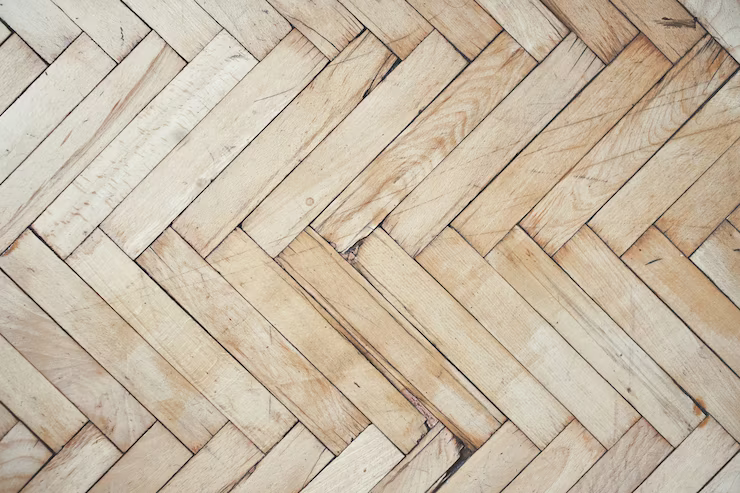
The chevron flooring pattern, known for its timeless elegance and distinctive zigzag design, has a rich history that spans centuries. This iconic pattern has graced the floors of palaces, churches, and homes, and its evolution tells a captivating story of art, craftsmanship, and design innovation.
Ancient Beginnings
The origins of the chevron pattern can be traced back to ancient civilizations. The chevron motif first appeared in art and architecture in ancient Greece, where it adorned pottery and architectural elements. The term “chevron” itself is derived from the French word “chevre,” meaning goat, due to the V-shape resemblance to a goat’s horn.
Roman Influence
The Romans embraced the chevron pattern in their intricate mosaic floors, using various materials such as stone, marble, and terracotta to create stunning geometric designs. These floors were a symbol of wealth and luxury, often found in the homes of the elite.
Medieval and Renaissance Era
During the medieval period, the chevron flooring pattern continued to flourish. It graced the floors of churches and cathedrals, where it was a symbol of divinity and order. In the Renaissance era, Italian artisans elevated the chevron pattern to an art form, using contrasting wood species to create intricate and mesmerizing designs in palaces and grand estates.
The Versatile Herringbone
The herringbone pattern, a close relative of the chevron, emerged during the 16th century. Unlike the chevron’s continuous zigzag, herringbone consists of staggered rectangular planks that create a broken zigzag. This pattern became immensely popular in France, adorning the floors of the Palace of Versailles, among others.
Modern Resurgence
Today, chevron flooring patterns continue to captivate designers and homeowners alike. They have evolved beyond traditional wood materials to include options like tile, vinyl, and laminate. Chevron patterns are not limited to floors; they are also used in backsplashes, textiles, and wallpapers, making them a versatile and enduring choice in contemporary design.
Design Evolution
The chevron pattern has evolved in design by adapting to various interior styles. While it traditionally featured dark and light wood tones, today’s chevron floors showcase a wide spectrum of colors and materials, including reclaimed wood, 4mm wear layer engineered floor hardwood, and sustainable options. This adaptability allows chevron patterns to complement a range of design aesthetics, from classic to modern and industrial to rustic.
Final Thoughts
The history and evolution of chevron flooring patterns highlight their enduring appeal and versatility in interior design. From their ancient origins to contemporary adaptations, chevron patterns continue to symbolize elegance and craftsmanship. Whether gracing the halls of a historic palace or adorning a modern living space, the chevron pattern remains a timeless testament to the enduring power of design innovation.
